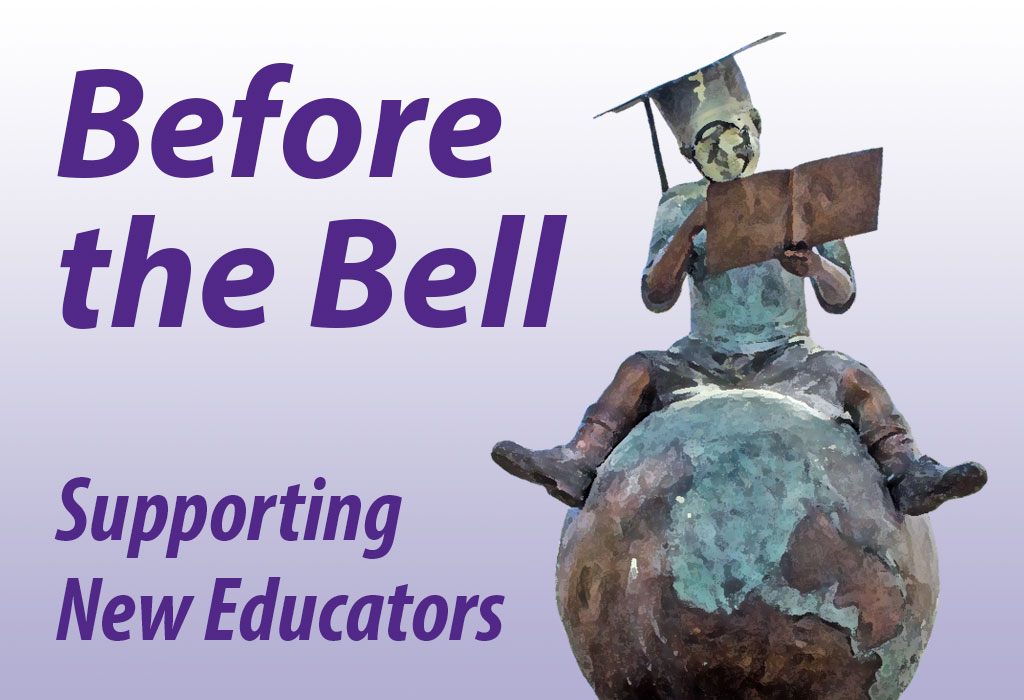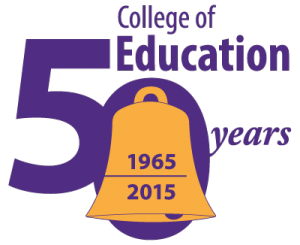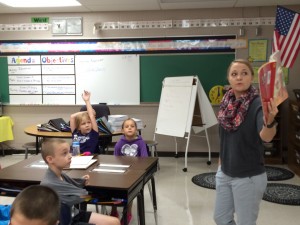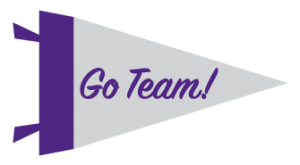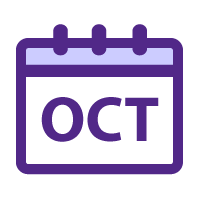Lori Goodson, Editor
Mary Hammel, Technical Editor
Category: September 2015
Absences: Be Prepared Just in Case
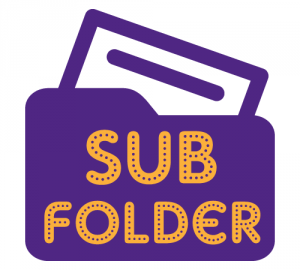 In your first few weeks of teaching, you’ve probably not even thought of the possibility that you might miss a day of teaching. However, the time will come—due to your being sick or an illness in the family, an emergency, or even a professional development opportunity supported by your school—that you will be absent from your classroom for a day or more.
In your first few weeks of teaching, you’ve probably not even thought of the possibility that you might miss a day of teaching. However, the time will come—due to your being sick or an illness in the family, an emergency, or even a professional development opportunity supported by your school—that you will be absent from your classroom for a day or more.
It’s better to be prepared for it, rather than wait for that opportunity to present itself—possibly as stomach flu at 4 in the morning.
Some schools have folders that their teachers use for substitute plans, or possibly a sheet that includes the basic information of your teaching duties. But you’ll want to be a little more prepared than that, so you’ll probably want to set up your own Substitute Plans folder and keep in your desk in a specific place.
Consider adding the following to your personal “sub” folder:
- Your daily schedule (including times, lunch and plan periods, etc.)
- Lists (and directions) of any other rooms where your substitute would need to be.
- General school daily schedule (hours/blocks/etc.).
- General school lunch schedule.
- Emergency drill plans (map, directions, etc.)
- A list of key contacts and their telephone extension numbers.
- Easy access to class rosters (with notes of any special needs or concerns for specific students).
- Seating charts, if applicable.
- A brief sentence summarizing the purpose of the class.
- A list of information about each class—approximate number of students, any paraprofessionals or other educators who assist with the class.
- For classes with older students, a list of responsible, go-to students they can count on for help.
- Your phone number or email if they should need to contact you.
- Blank notebook pages—so they can easily leave you notes about the classes and any concerns or updates that they’d like to share.
- A list of where they can find key materials.
- Some untimely—but educationally appropriate—assignments that the substitute can use to fill time, as needed.
By having this general information already prepared, when the time comes for you to be absent, you’ll only need to write the specific activities for that day.
For those daily activities, if your absence is unplanned due to an illness or emergency, email the specific directions to the office assistant and to another teacher, as a backup. Be sure to point out the location of your substitute folder. Otherwise, have a copy printed out ahead of time and left on your desk.
The easier you can make it for the substitute, the easier your return will be…and the less worrying you’ll do during your absence. Trust me, the stomach flu…or the PD opportunity…will demand ALL of your attention!
50 Years, and We’re Still Not Showing Our Age!
In the Classroom
Purple Possibilities for Homecoming
September is winding down, which means October – and Homecoming Week – are gearing up at K-State! And it’s a great time for you to return to campus and relax and catch up with friends at some of your favorite spots in town!
It all kicks off Sunday, October 11, with the Homecoming Philanthropy 5K Run/Walk at the Alumni Center. The parade and pep rally take place Friday, October 16, beginning at 5 p.m., with the K-State Wildcats then taking on Oklahoma at Bill Snyder Family Stadium on Saturday, October 17.
Here are a couple of links to events:
And, in case you’ve forgotten: WEAR PURPLE!
It’s Time to Meet the Parents
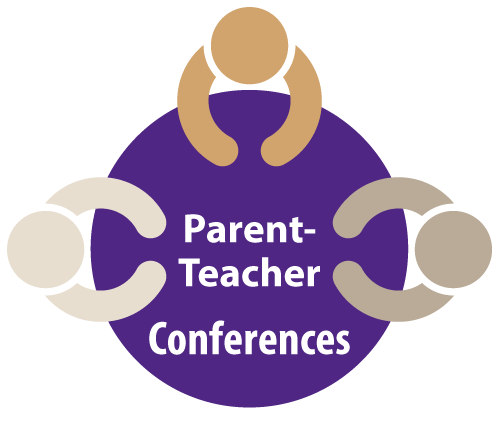 Even the most veteran of teachers can find Parent/Teacher conferences a little uncomfortable, but being prepared will help you make the most of this important opportunity. So let’s get prepared by considering the following:
Even the most veteran of teachers can find Parent/Teacher conferences a little uncomfortable, but being prepared will help you make the most of this important opportunity. So let’s get prepared by considering the following:
BEFORE THE CONFERENCES
- Have meaningful grades in your grade book so you can talk about the child’s progress.
- Take time to get to know each student so you can demonstrate at the conference that you’ve made a personal connection with the student.
- Learn as much as possible about the process for parent/teacher conferences. Some schools require that the student take an active part in the discussion, so make sure your students are prepared, as well.
- Compile (or have your students compile) folders of their work to share with their parents/guardians. Include writings, assignments, assessments, and artwork to showcase their learning so far this year. You may want to add other items, such as grades, assessment results, and other items to share, as well.
- Find out what materials and information teachers traditionally share at the conferences, since it can vary greatly from school to school and district to district.
- Know the details of the conferences—when, where, guides on how much time to spend with each student’s parent/guardian, when to suggest an individual meeting to have more extensive discussions, etc.
- Prepare a flier with important upcoming dates, a list of needed classroom items if they would like to contribute, and a brief look at upcoming important dates to help them be involved in their student’s education.
AT THE CONFERENCES
- Step No. 1: Smile and introduce yourself. Be the first to offer a handshake.
- Realize that the parents/guardians are taking time from their busy schedule to visit with the child’s teachers. Since we encourage family involvement in their child’s education, we need to appreciate their efforts. Be sure to thank them for attending.
- Make comments about concerns and accomplishments specific to that student.
- Provide specific ideas on areas where you’d like to see the student improve; provide specific suggestions on how the parent/guardian can help make that happen.
- Be prepared to answer if a parent or guardian asks when he or she can do to help. That’s a golden opportunity you don’t want to overlook. Many times parents want to help, but they’re unsure just how to do that.
- Make sure they know you value their input; provide additional contact information, and encourage them to contact you with any concerns or ideas.
- Keep track of which students have individuals attending the conference on their behalf. Many schools provide a sign-in sheet; if not, consider creating a roster so you’re aware of who attended and who didn’t.
- Review the list and consider making a personal effort to get parents/guardians of students you’re especially concerned about to set up an individual appointment with you.
- Following the conferences, briefly thank your students for having their parents/guardians attend the conferences. However, don’t overdo this; in many cases, the students can’t help it if the adults in their lives decline the opportunity to attend the conferences.
Have You Checked This Out?
Power of Procedures
You’ve heard it before, but after a month of teaching, you might want a quick reminder. Here are a few ideas on why procedures can help you have a more effective classroom– and you can get to the task of teaching, rather than disciplining. There’s plenty on the Internet about this, but here are a couple of favorites that make some key points for whatever grade level you’re teaching:
We’d Love to Hear from You!
![]() Do you have a question about classroom procedures? Or a suggestion for a topic we should address in Before the Bell? Want to add your name to our mailing list? Or provide a different email for our mailing list? Or, if you’re in your first year of teaching, send us a photo of you at work in your classroom!
Do you have a question about classroom procedures? Or a suggestion for a topic we should address in Before the Bell? Want to add your name to our mailing list? Or provide a different email for our mailing list? Or, if you’re in your first year of teaching, send us a photo of you at work in your classroom!
Second-year teachers, feel free to jump in and offer suggestions to those who are following your career choice!
We’d love to hear from you, so please email us at lagoodson@k-state.edu.
Go, COE Cats!
